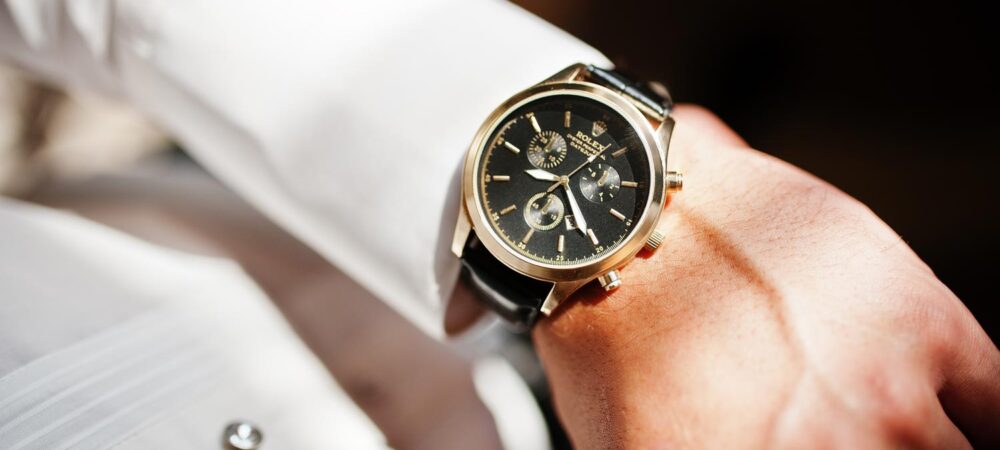When my father passed away almost nineteen years ago, my mother purchased a Rolex watch for my brother and me as a commemoration of his life. Over a weekend in New York City a month or two ago, I was listening to a financial advisor (he and his partner are regular commentators on CNBC) extol the virtues of investing in alternative investments such as collectibles on his radio program. His guest was an associate from a jewelry firm which specializes in trading new and used luxury watches. Both the advisor and jewelry associate discussed how “hot” this market was and how an “investment” in fine jewelry was a prudent decision.
As I was listening to this nonsense, I thought I would play the game of seeing just what my Rolex watch was worth by submitting photos and documents through the firm’s website. After my first submission, the appraised value for a resale was approximately 60% of the purchase price my mother paid almost nineteen years ago. Yes, you read that correctly – my luxury watch had lost over 40% of its value. Realizing that I hadn’t submitted the original box and serial number, which promised to return greater value, I resubmitted a new application for potential sale. Astonishingly, the new offer was even lower, an additional $1,000 less than the original offer, bringing it down to just 50% of the watch’s purchase price. In comparison, Pepsi (which we have owned since well before my father’s passing in 2005) and the S&P 500 have both appreciated by more than 250% during the same period, proving to be a far superior investments to the Rolex watch.
Of course, I have no intention of selling the watch because its sentimental value is beyond measure. However, the moral of this story is to be exceptionally wary when one (including any financial advisor) is recommending that you speculate on an asset which cannot be valued based on earnings or cash flow. When purchasing items like watches, wine, art or any other non-revenue-generating assets, you must rely on the hope that someone will be willing to buy them in the future at a higher value than what you paid. In contrast from speculating, when investing in an asset which provides regular income in the form of dividends, and potentially capital appreciation through earnings growth, one has a much better probability of yielding a prudent return over the long term.
As always, the adage “buyer beware” rings true when it comes to investments in assets that lack intrinsic earning potential.

